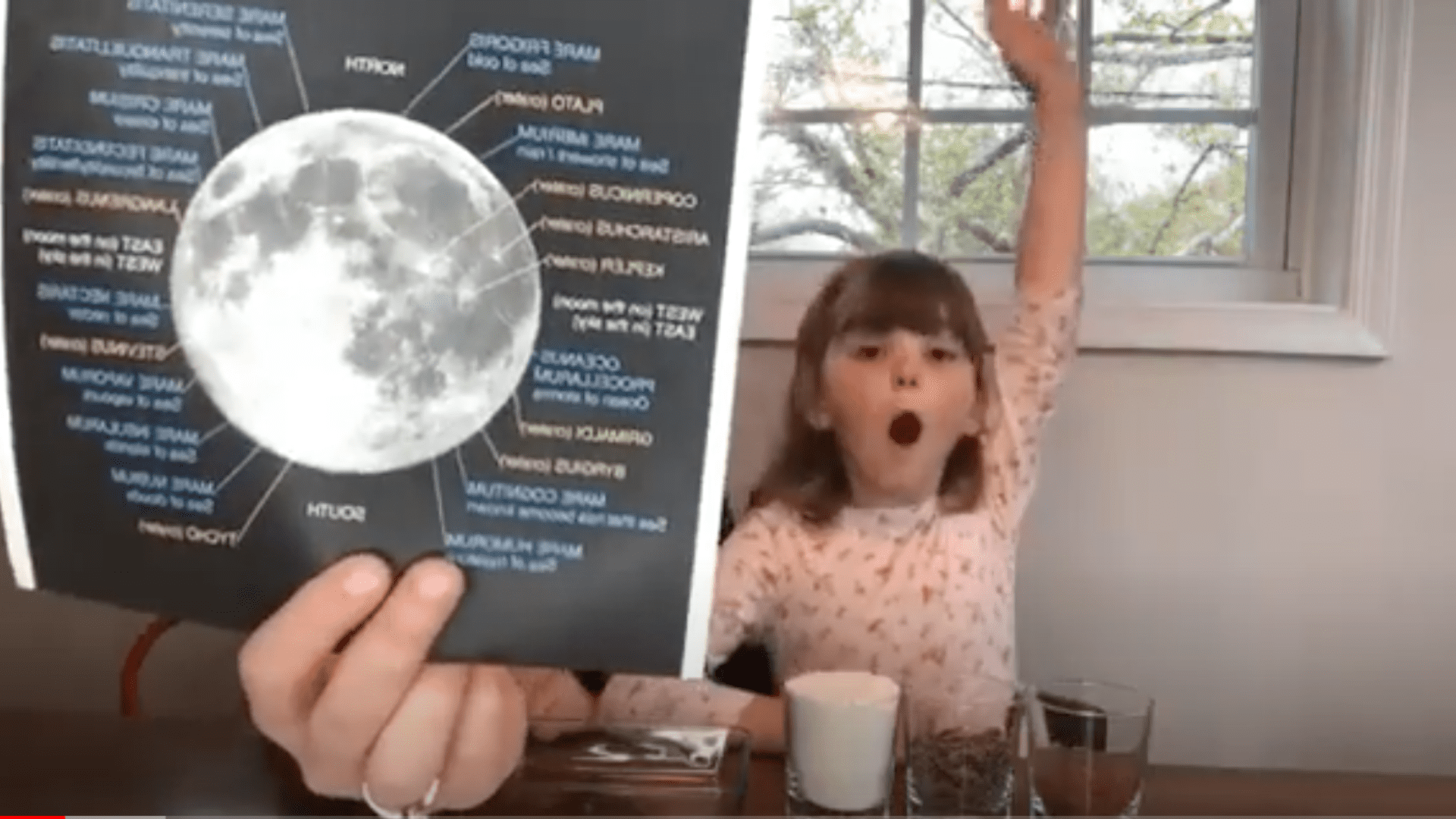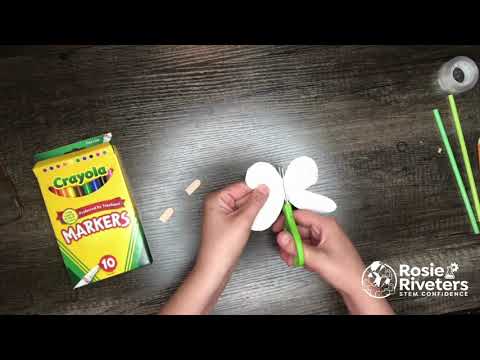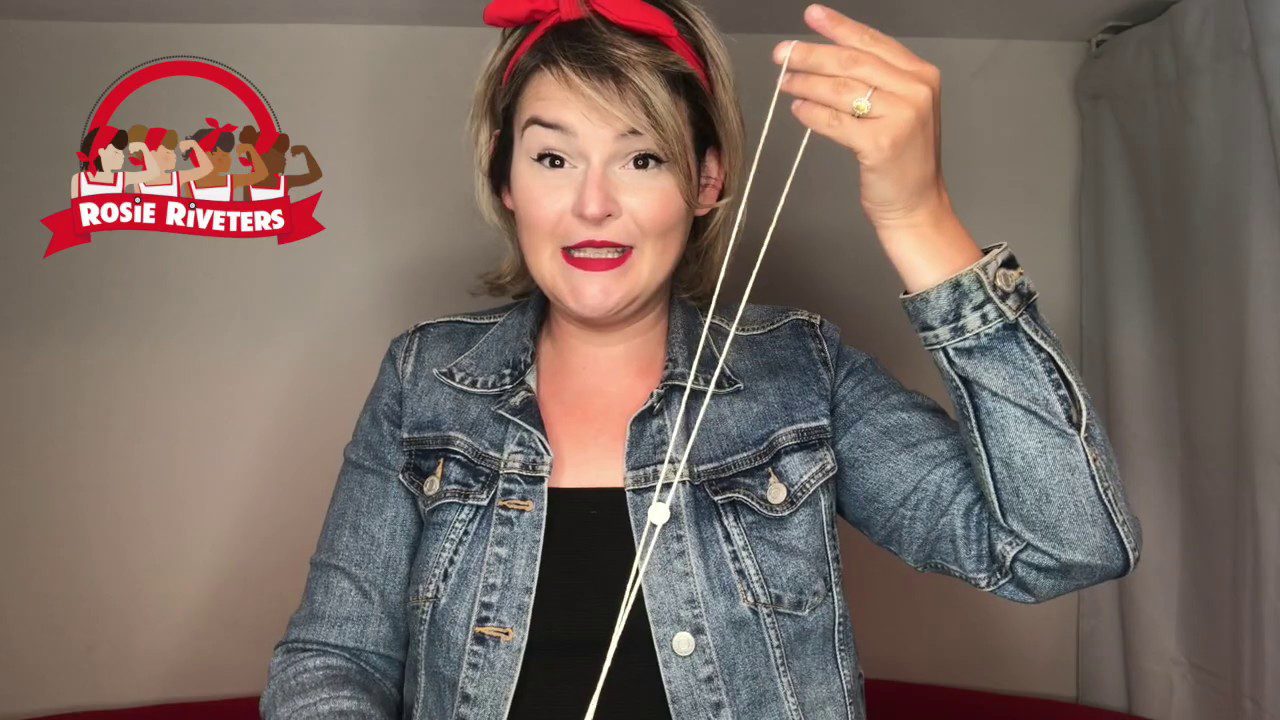This experiment explores moon craters – particularly those made by impact activity – and gathers clues about its age and surface composition.
Want to duplicate this experiment at home or in your classroom? Watch the video for an overview, gather the materials listed at the right, and follow the instructions below!




